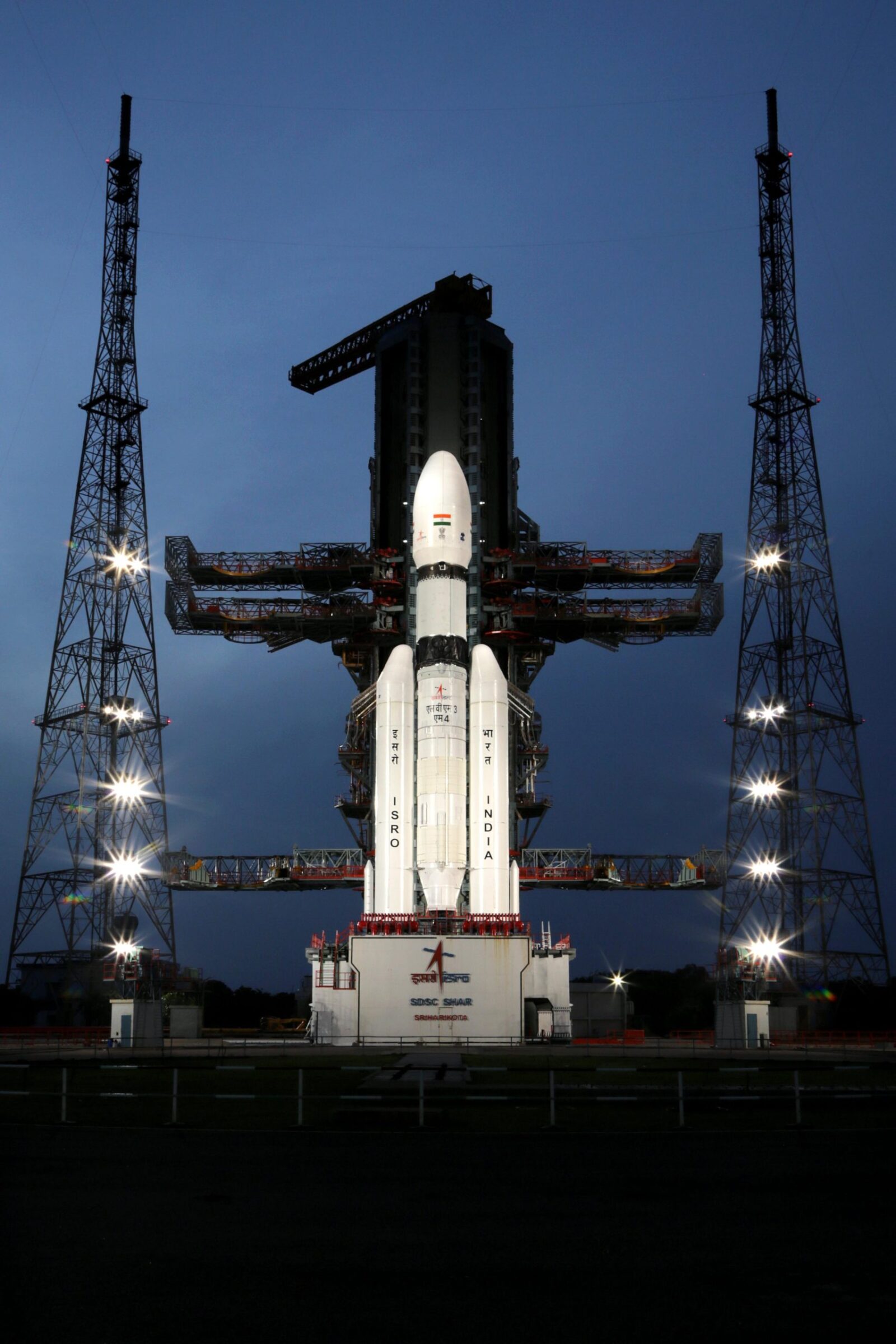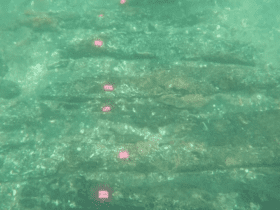The European Space Agency (ESA) has stated that it will offer help to certain future missions and that it will also watch the development and health of the Chandrayaan-3 spacecraft, which is owned and operated by India, from its different centers around the continent. It is difficult to acquire any kind of information from a spacecraft, to determine how it is acting, even to know where it is, or to know if it is safe if there is no ground station assistance.
According to the European Space Agency (ESA), it will also provide tracking support for the Indian Space Research Organization’s (ISRO) next interplanetary mission, which is a solar observatory called Sun Mission- Aditya L1 and is scheduled to launch near the end of August 2023. The 15-meter antenna that the ESA has installed in Kourou, French Guiana, will be used to monitor Chandrayaan-3 in the days immediately following its launch. This will assist in confirming that the spacecraft was able to withstand the rigors of launch and is in excellent condition as it begins its trip to the moon.
ISRO has a deep space monitoring station in India that is 32 meters tall. This station gives ISRO the ability to identify, track, and command its faraway spacecraft, as well as collect data from those spacecraft. However, there are situations when the operators of ISRO’s spacecraft need to follow or direct a spacecraft even when it is not inside the antenna’s range of vision.
In addition, the European Space Agency (ESA) will coordinate tracking help from the 32-meter antenna that is managed by Goonhilly Earth Station Ltd in the United Kingdom as the spacecraft moves away from Earth.
ESA clarified:
Building new giant antennas and control stations around the world is very expensive. So, like many space agencies and commercial companies across the globe, ISRO will receive support from the stations of partner organizations instead. Not only does this significantly reduce costs, but it also fosters international spaceflight collaboration.
Chandrayaan-3’s propulsion and lander modules will both get help from Goonhilly. Importantly, it will provide assistance for the lander throughout the entirety of the lunar surface operations phase, which will help to guarantee that the scientific data collected by the rover is successfully transmitted to ISRO in India.












Leave a Reply